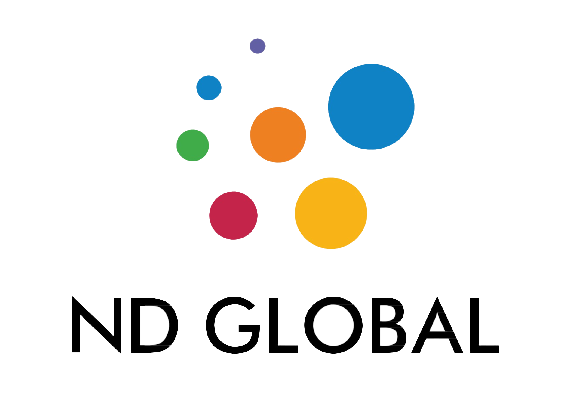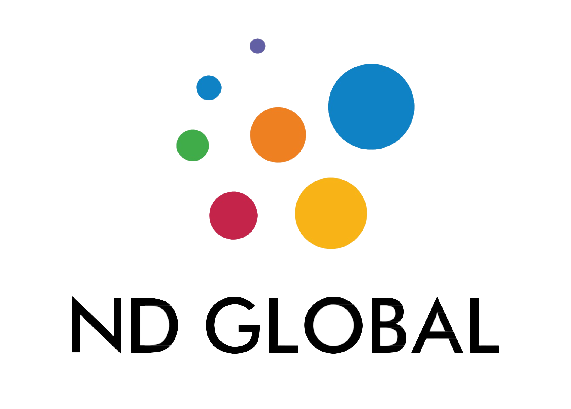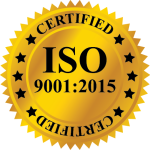Introduction: The development and distribution of medical devices play a crucial role in advancing healthcare and improving patients’ lives. However, before a medical device can reach the market, it must undergo a rigorous regulatory approval process to ensure safety and effectiveness. WHO defines a medical device as the item, instrument, apparatus, or machine used in the detection, measurement, restoration, correction, or modification of the structure or function of the body for a health purpose. It can also prevent, diagnose, or treat illness or disease. As these medical devices directly affect the health of the intended population, they need to be regulated. Countries have their own regulatory bodies that make rules and regulations for manufacturing, registering, and submitting medical devices. But following the rules is a tough process, as regulatory approval is complex and needs lots of patience, knowledge, and experience to handle the product submission properly. Navigating these complexities can be challenging, but it is essential for both manufacturers and healthcare providers. In this comprehensive guide, we will walk you through the step-by-step process of obtaining regulatory approvals for medical devices.
Understanding the Importance of Regulatory Approvals: Regulatory approvals for medical devices are not mere bureaucratic hurdles; they are essential safeguards to protect patient safety and ensure the efficacy of these devices. Regulatory agencies in different countries set standards and guidelines that manufacturers must adhere to during the development, testing, and distribution of medical devices. Achieving compliance with these regulations is necessary to bring a medical device to market, and non-compliance can result in serious consequences, including product recalls, fines, and reputational damage.
Step 1: Define Your Medical Device: Before diving into the regulatory approval process, it is crucial to have a clear understanding of the medical device you intend to develop. Begin by defining its intended use, intended patient population, and primary functions. This step lays the foundation for the entire regulatory journey, as the classification and requirements for approval will depend on this initial definition.
Step 2: Identify the Regulatory Pathway: The regulatory pathway for medical devices varies from country to country. In the United States, the Food and Drug Administration (FDA) is responsible for regulating medical devices, while the European Union has its system, governed by the Medical Device Regulation (MDR) and the In Vitro Diagnostic Regulation (IVDR). Other countries have their own regulatory authorities, such as Health Canada, TGA in Australia, or PMDA in Japan.
Determine which regulatory agency’s jurisdiction your device falls under and which pathway is applicable. Devices are typically classified into different risk classes (e.g., Class I, II, III) based on their potential harm and complexity. The regulatory requirements become more stringent as the risk class increases.
Step 3: Prepare a Quality Management System (QMS): A robust Quality Management System (QMS) is the backbone of medical device development and regulatory compliance. Implementing a QMS, such as ISO 13485, helps ensure that your device meets the necessary quality and safety standards throughout its lifecycle. A QMS covers aspects like design control, risk management, document control, and post-market surveillance.
Step 4: Design and Development: The design and development phase involves creating a detailed design plan, conducting risk assessments, and developing the device prototype. It is crucial to document all design decisions, testing, and verification activities meticulously. This documentation will be essential when applying for regulatory approvals.
Step 5: Preclinical Testing: Before initiating clinical trials, medical devices typically undergo preclinical testing, which includes bench and animal testing. These tests assess the device’s safety, performance, and reliability. The results of these tests should be compiled in a comprehensive report.
Step 6: Clinical Trials: If required by the regulatory agency, conduct clinical trials to demonstrate the safety and effectiveness of your medical device in humans. Clinical trials involve recruiting patients, obtaining informed consent, and collecting data according to a predetermined protocol. Data from these trials will be a critical component of your regulatory submission.
Step 7: Regulatory Submission: Prepare a detailed regulatory submission that includes all necessary documentation, such as the device’s technical file, risk assessment, clinical data, labeling, and manufacturing information. Submission requirements vary by regulatory agency and device classification. It’s crucial to consult the agency’s guidance documents to ensure compliance.
Step 8: Regulatory Review: Once your submission is complete, the regulatory agency will review the documentation and evaluate the device’s safety and effectiveness. This review process can be lengthy and may involve requests for additional information or clarification. Be prepared to address any concerns raised by the agency promptly.
Step 9: Post-Market Surveillance: After regulatory approval, you must continue monitoring your device’s performance in the market. Adverse events and product issues must be reported to the regulatory agency as part of post-market surveillance. Maintaining a robust post-market surveillance system is essential for ongoing compliance.
Step 10: Ongoing Compliance: Medical device regulations evolve, and manufacturers must stay current with any changes in requirements. This may involve updating the device’s design, labeling, or documentation to meet new standards. Ongoing compliance ensures that your device remains on the market and continues to benefit patients.
Conclusion: Navigating the complexities of medical device regulatory approvals is a multifaceted journey that demands careful planning, adherence to stringent quality standards, and a commitment to patient safety. Understanding the steps involved and dedicating the necessary resources to achieve regulatory compliance is essential for manufacturers seeking to bring innovative medical devices to the market. By following this comprehensive guide, you can streamline the approval process and increase your chances of successfully navigating the regulatory landscape, ultimately benefiting patients and advancing healthcare
Why ND Global
ND Global provides essential support to companies navigating the complexities of medical device regulatory approvals. Here’s how ND Global can help:
- Team with vast regulatory expertise
- Regulatory Strategy Development
- Documentation Preparation
- Quality Management System (QMS) Compliance
- Post-Market Surveillance Support
- Labeling and Packaging Guidance
- Risk Management Assistance
- Preparation for Inspections
- International Regulation Harmonization
- Post-Approval Changes Management
- Complaint Management Support
- Audit Preparation
- Adaptation to Regulatory Changes .









